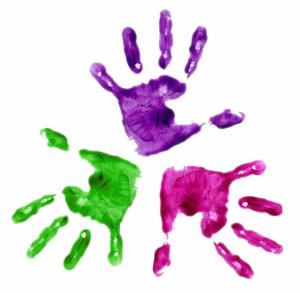This week we are looking at an Aboriginal Approach to learning called the 8 Ways of Learning. Which follow this structure – 8 WAYS to start the process… Tell a story. Make a plan. Think and do. Draw it. Take it outside. Try a new way. Watch first, then do. Share it with others.
The 8 ways of learning focuses on not the individual but as the individual as part of a bigger community and the role that plays when learning. It demonstrates the importance of learning off others, and then teaching others in turn and sharing the knowledge with the community. This approach is an effective way to have a strong community bond and to ensure knowledge is respected, taught and then shared with everyone in the community.
Below is a Unit Plan that has been changed to follow the format of the 8 ways of learning.
Year Level: 4
Subject: History
Topic: First contacts
Curriculum Link:First contacts
The diversity of Australia’s first peoples and the long and continuous connection of Aboriginal and Torres Strait Islander Peoples to Country/ Place (land, sea, waterways and skies) and the implications for their daily lives.(ACHHK077).
Tell a story – Read the story The Rabbits and discuss the underlying theme of the book and the impact that the Rabbits had coming onto the Bandicoots land.
Make a plan – As a class discuss and brainstorm prior knowledge on the Aboriginal peoples way of life and connectedness to the land. Then discuss what kind of impact that they think the first fleet would have had on this.
Think and do – Working together research as a class the impact on the Aboriginal people and what the first contacts involved (negative/positive).
Draw it – Once researched in groups using that information create a poster to compare what life was like before and after settlement from the Aboriginal peoples perspective.
Take it outside – Compare the landscape using the State libraries pictures on what Sydney, Brisbane looked like before and after and discuss as a class the difference being positive and negative.
Try a new way – Read the book The Burnt Stick and discuss whether as a class we agree that removing children from their families was the wrong thing to do. List reasons why/why not.
Watch first then do – Scaffold and write a persuasive text outlining why it was the wrong thing to do to remove children from their families, culture and heritage and the impact that has had on future generations and list the reasons why.
Share it with others – Share your persuasive writing with the class in the form of a oral presentation telling your findings and arguing your point of view.

Lastly I would like to recognize the James Cook University’s School of Indigenous Studies and the Western New South Wales Regional Aboriginal Education Team for their information relating to the 8 ways. found at http://8ways.wikispaces.com/

